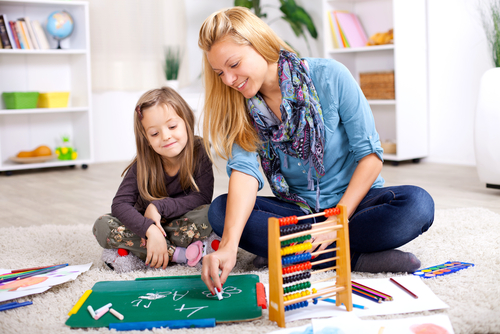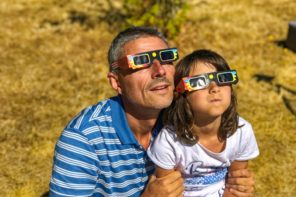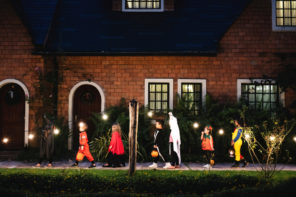Use this fun activity to get your child started on the path to math success! Using your hands and feet to measure the household furniture helps your child to understand that math is all around us. Suitable for first-graders and up.
Materials/Supplies List:
- Hands & Feet Measurement Worksheet (provided below)
- Ruler
Rules/Directions:
- First, have your child measure all the household objects (the height of a kitchen table, the width of a door frame) listed on the Hands & Feet Worksheet using their hands or feet.
- Next, take your turn, measuring all the same objects using your hands or feet.
- Together, find the difference of each measurement set by subtracting the number of “hands” or “feet” that your child measured from the number of “hands” or “feet” that you measured. Since children and adults don’t have the same size hands, the measurements will be very different!
- After you’ve measured the objects listed on the Hands & Feet Measurement Worksheet, use the blank columns and find more things around the house to measure!
Hands & Feet Measurement Worksheet:
Discussion Questions:
- Is “hands” or “feet” good unit of measure? Why or why not?
- There is a box of cookies that is three hands wide and another box of cookies that is five hands wide. The boxes are exactly the same size. How can this be?
- Why do you think “inches” and “feet” (the kind of feet you find on a yardstick or tape measure) are better units of measure than “hands” and “feet”?
Ways to adapt this game outside of suggested grade levels:
- Students can use a ruler to measure their hands and feet, then estimate the real height of a table by measuring how many “hands” high it is and multiplying.
- Use “square hands” or “square feet” to find the area of rectangular objects (e.g., rooms, rugs or refrigerators). To do this, measure how many hands wide an object is, then measure how many hands long an object is. Then, multiply the width by the length to find the number of “square hands” the object is in area. Compare the child’s “square hand” measurements with the adult’s “square hand” measurements.






